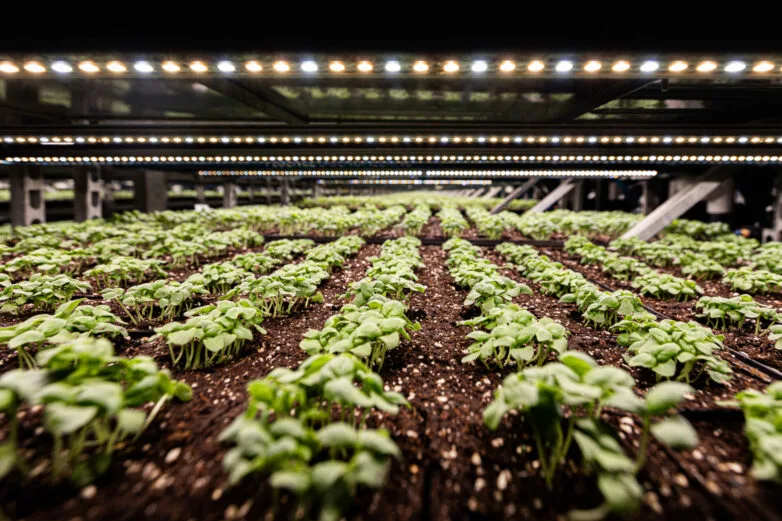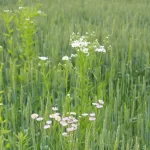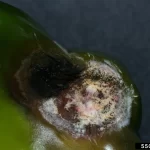How Microorganisms Help Farms with The USDA Organic Label
Microorganisms are crucial for farms trying to attain or maintain a USDA Organic Label. This blog will explore the label itself, the requirements of the label, how microbes work in organic farming and how they can work for indoor organic agriculture.
USDA Organic Label
The United States Department of Agriculture (USDA) Organic Label is a certification that indicates a product has been produced using cultural, biological, and mechanical practices defined by the USDA’s National Organic Program (NOP) [1]. The NOP, part of the USDA’s Agricultural Marketing Service, enforces the regulations, ensuring the integrity of the USDA Organic Seal; it is one of the most influential labels to consumers [1]. To make an organic claim or use the USDA Organic Seal, the final product must follow strict production, handling, and labelling standards and undergo the organic certification process [1]. The standards address factors such as soil quality, pest and weed control and prohibit synthetic fertilizers/plant additives, sewage sludge, irradiation, and genetic engineering.
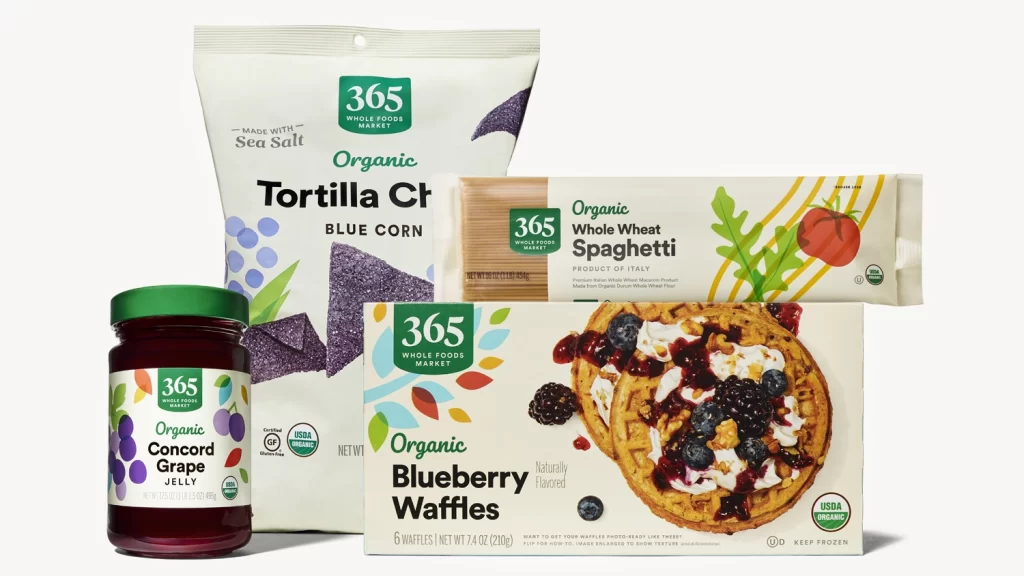
Want to see what is in your system? You can talk to us here:
Requirements for USDA Organic Label
To be eligible for the USDA Organic Label, a product must meet the following requirements:
- Land used for crop production must have had no prohibited substances applied to it for at least three years before the harvest of an organic crop [3].
- Soil fertility and crop nutrients must be managed through tillage and cultivation practices, crop rotations, and cover crops supplemented with animal and crop waste materials and allowed synthetic materials [4].
- Crop pests, weeds, and diseases must be controlled primarily through management practices, including physical, mechanical, and biological controls [4].
- The use of genetically modified organisms (GMOs) is prohibited in organic products [5].
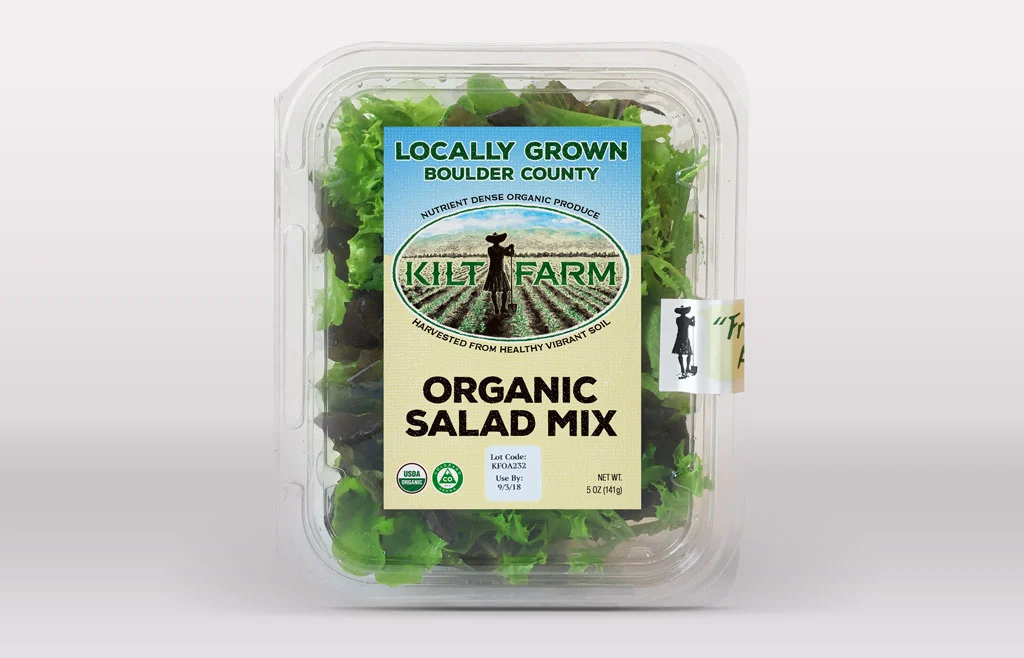
Microbes in Traditional Organic Farming
Microorganisms, such as bacteria, archaea, fungi, and other eukaryotes, play a crucial role in organic farming. They perform fundamental functions in soils, such as cycling essential nutrients like nitrogen and carbon, breaking down crop residues, and stimulating plant growth [6]. Beneficial microorganisms can help establish a healthy microbial balance on plant surfaces and within the soil, critical for nutrient delivery and disease resistance [7].
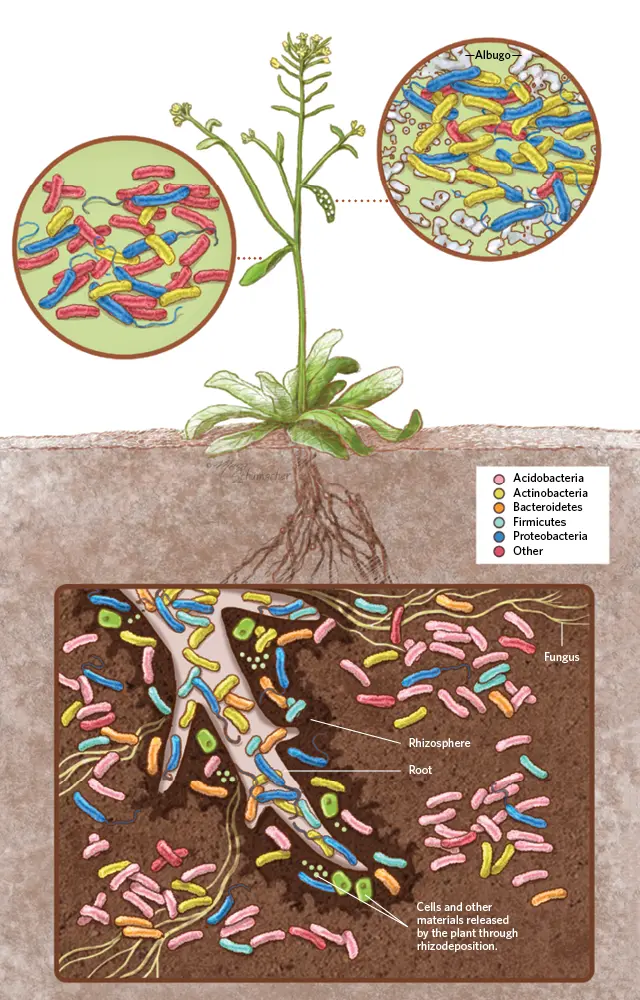
Microbes in Indoor/Greenhouse Organic Farming
Indoor farms and greenhouses in the USA can have organic-certified produce. Microorganisms are crucial in helping indoor farms attain a USDA Organic Label. They are essential for maintaining soil health, nutrient cycling, pest and disease control, and plant growth promotion. In indoor farming, beneficial microorganisms can help establish a healthy microbial balance on plant surfaces and within the media/substrate, critical for nutrient delivery and disease resistance [8].
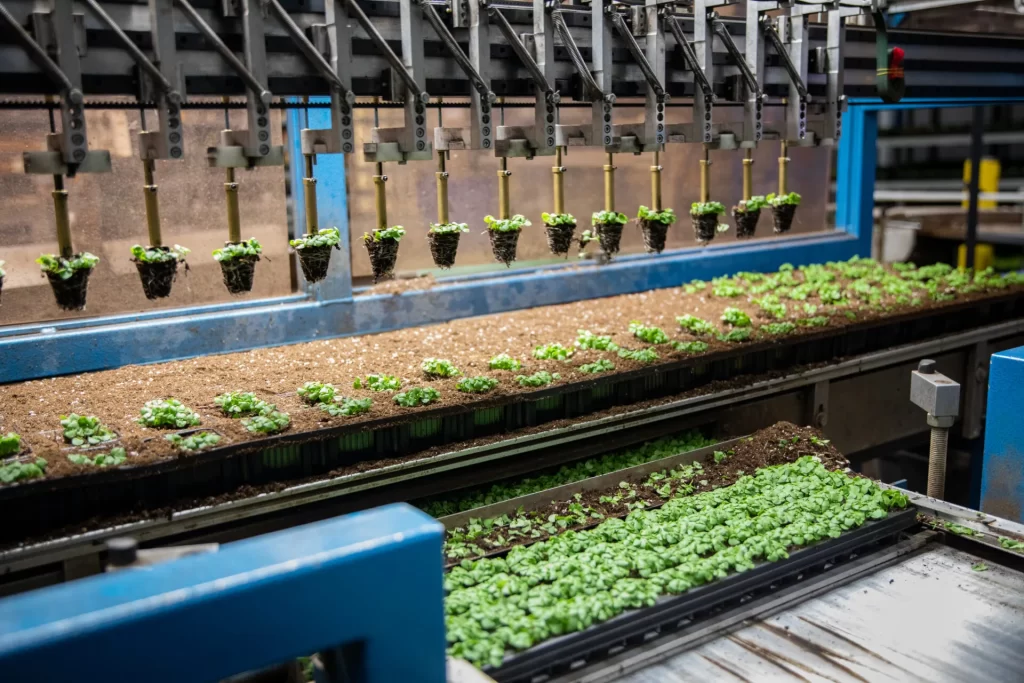
Substrate/media health and nutrient cycling: Microorganisms, such as bacteria, fungi, and archaea, are responsible for cycling essential nutrients like nitrogen and carbon, breaking down crop residues, and stimulating plant growth [9]. They contribute to the overall health of the soil/media/substrate, which is an essential requirement for organic farming [10]. Compost, compost tea, recycling nutrient water, and recycling substrates are critical methods for preserving your system’s microbial populations (and nutrients).
However, it is vital to identify the microorganisms in the compost, recycled water, or recycled substrate to ensure that the beneficial bacteria populations are healthy and the pathogenic populations are buffered.
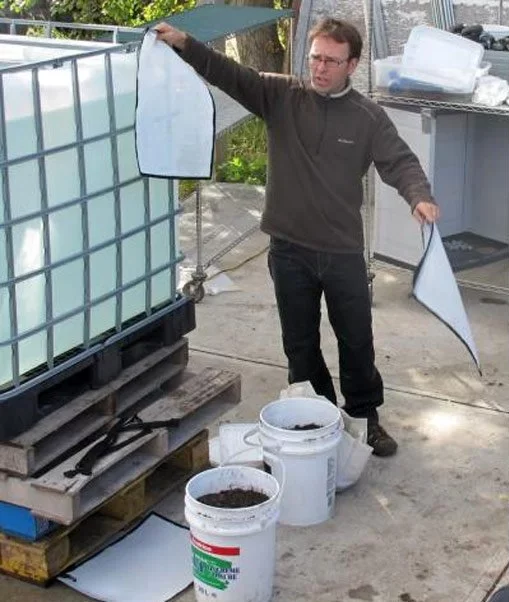
Pest and disease control: Beneficial microorganisms can help control pests and diseases through mechanisms such as direct competition, siderophores, and the production of antagonistic substances [11]. This is key due to the label’s strict policy on synthetic additives. They can also enhance plant resistance to biotic and abiotic stress by various plant signalling pathways [12]. Furthermore, It is now common to see fungal biocontrol against insect pests.
Plant growth promotion: Microbes can promote plant growth by producing plant growth-promoting substances, such as auxin and gibberellin, and by facilitating nutrient uptake [13]. They can also improve plant resistance to environmental stress, such as drought-like conditions and temperature fluctuations [14].
Conclusion
In summary, the USDA Organic Label ensures that products are produced using practices defined by the USDA’s National Organic Program (NOP). Microorganisms are essential for indoor farms to attain a USDA Organic Label, as they contribute to soil health, nutrient cycling, pest and disease control, and plant growth promotion. They are particularly important to indoor organic farming, where they help maintain a healthy microbial balance and support plant growth and disease resistance.
Feature image from Soli Organic. https://www.soliorganic.com/our-growing-process/
References
[1] https://www.usda.gov/media/blog/2016/07/22/understanding-usda-organic-label
[2] https://www.ams.usda.gov/sites/default/files/media/Organic%20Production-Handling%20Standards.pdf
[3] https://www.usda.gov/media/blog/2012/03/22/organic-101-what-usda-organic-label-means
[4] https://www.ams.usda.gov/grades-standards/organic-standards
[5] https://www.usda.gov/media/blog/2013/05/17/organic-101-can-gmos-be-used-organic-products
[6] https://eorganic.org/node/34646
[7] https://growingorganic.com/ipm-guide/using-beneficial-indigenous-microorganisms/
[8] https://www.frontiersin.org/articles/10.3389/fsoil.2022.821589
[9] https://www.ams.usda.gov/sites/default/files/media/NOP%20Production%20and%20Handling%20Preamble.pdf
[10] https://source.colostate.edu/restore-soils-feed-microbes/
[11] https://www.ncbi.nlm.nih.gov/pmc/articles/PMC8509026/
[12] https://pubmed.ncbi.nlm.nih.gov/24769617/
[13] https://www.ncbi.nlm.nih.gov/pmc/articles/PMC9964210/
[14] https://www.mdpi.com/2076-2607/11/4/1061
![]()
David Santos is the COO/CMO of Healthy Hydroponics InnoTech


